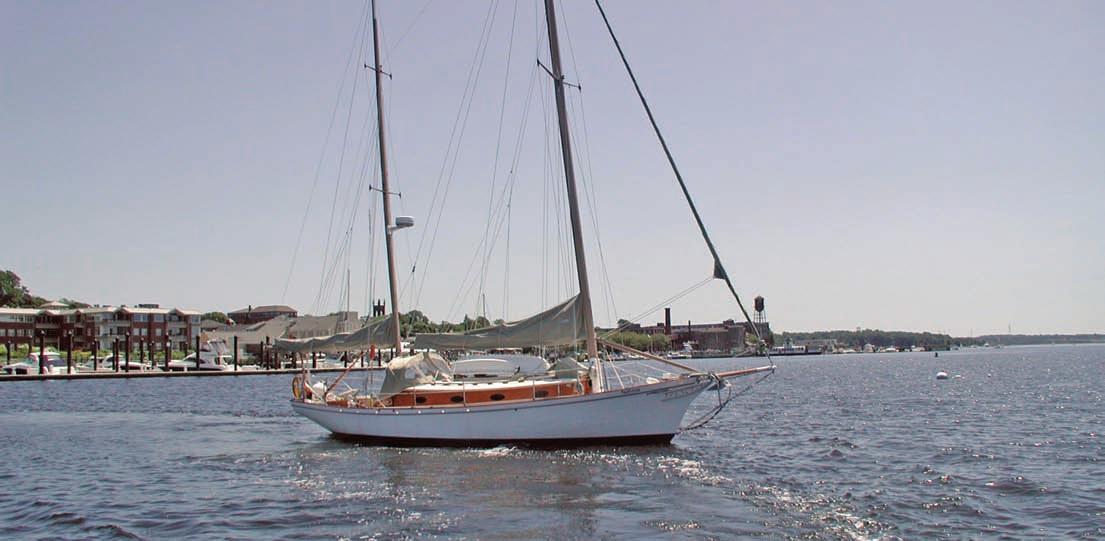CRUISING 196 Pages of Boating Lifestyle, Fun and Adventure
cruisingoutpost.com
Also Inside
Introducing The Blue Jacket
Distant Shores - Living The Dream An Eight Island Adventure Tour Becoming Less Civilized - The ICW Cruising The Fat Virgin Summer 2013 - Issue #3
U.S. & Canada $7.99
pg 01 coverAltR.indd 1
5/2/13 12:34 PM






















